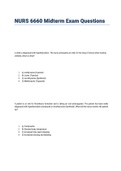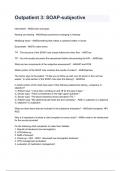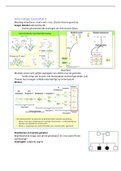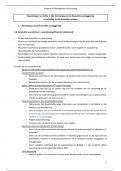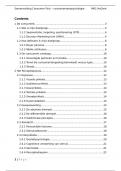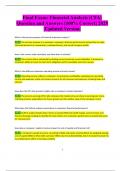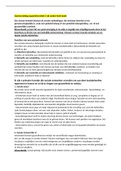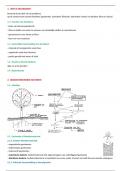Other
BTEC level 3 applied science Unit 14.4: Applications of organic chemistry Year 1
- Institution
- PEARSON (PEARSON)
Its a BTEC level 3 applied science unit 14 Applications of organic chemstry Making of designer chemicals unit 14: Applications of organic chemistry
[Show more]




